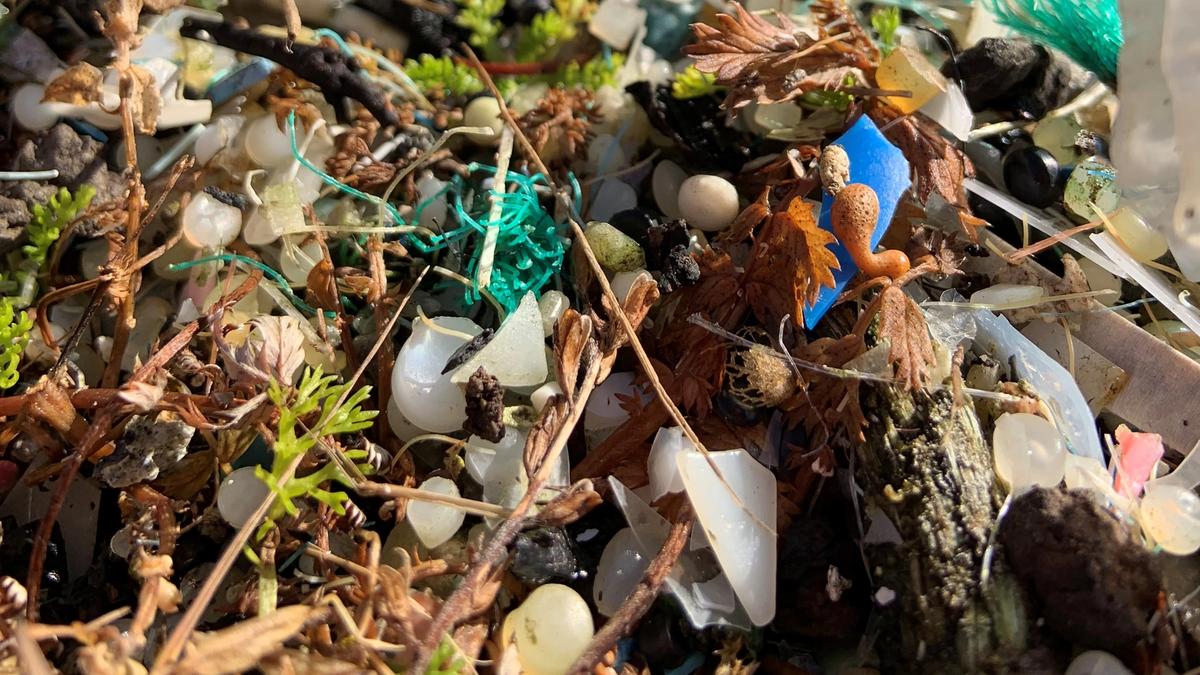What are microplastics?
Microplastics are plastic fragments smaller than 0.5 centimetres. Microplastics may have been produced industrially or originate from plastics that are broken down in nature due to wind, sun and waves.
Plastic that goes astray in the ocean will slowly but surely be broken down by wind, sun, and waves. Eventually this plastic turns into small fragments. There are no good estimates of how many microplastics there are in the ocean on a worldwide level. In Norway, approximately 19,000 tonnes of microplastics are released each year. 50% eventually end up in the ocean.
Where can we find microplastics?
Microplastics can be found everywhere, on land, in fresh water, in all the world’s oceans, in glaciers and even in rainwater. Microplastics have also become part of the food chain and have been detected in organisms such as plankton, birds, whales, and larger mammals and most of all in humans. Microplastics are virtually impossible to remove from the environment, compared to macroplastics.
Microplastics disperse environmental toxins
Microplastics disperse substances that are harmful to health and the environment. The plastic itself contains harmful substances and other environmental toxins have been found to adhere to the surface of microplastics. Microplastics can therefore also lead to the absorption of environmental toxins in all ecosystems and living organisms. There is still a need for greater knowledge of microplastics, but they do lead to lasting and irreversible damage to the environment and organisms.
In 2021, the Norwegian Environment Agency published a report on microplastics from land-based sources, as well as a report on microplastics from sea-based sources.


